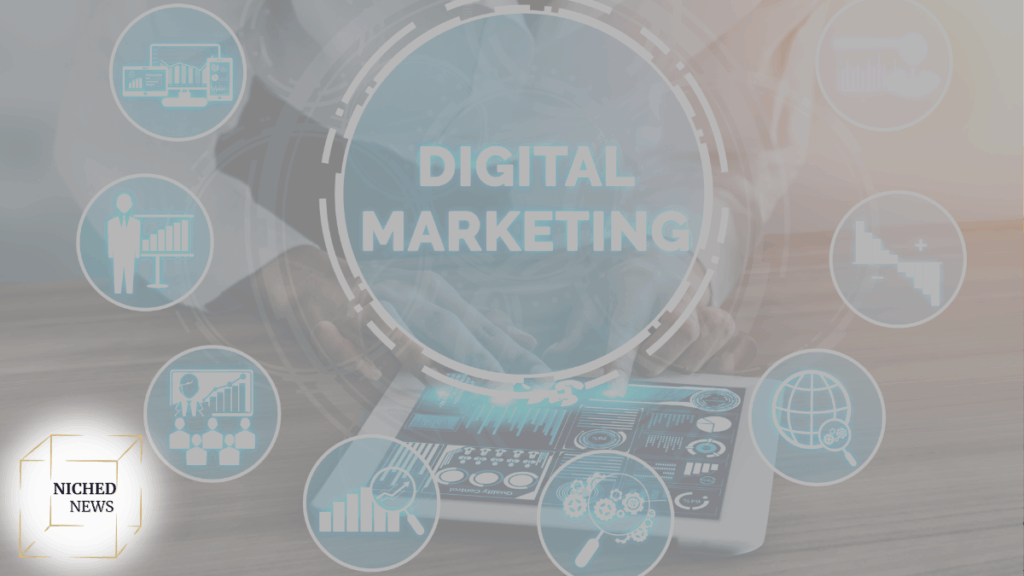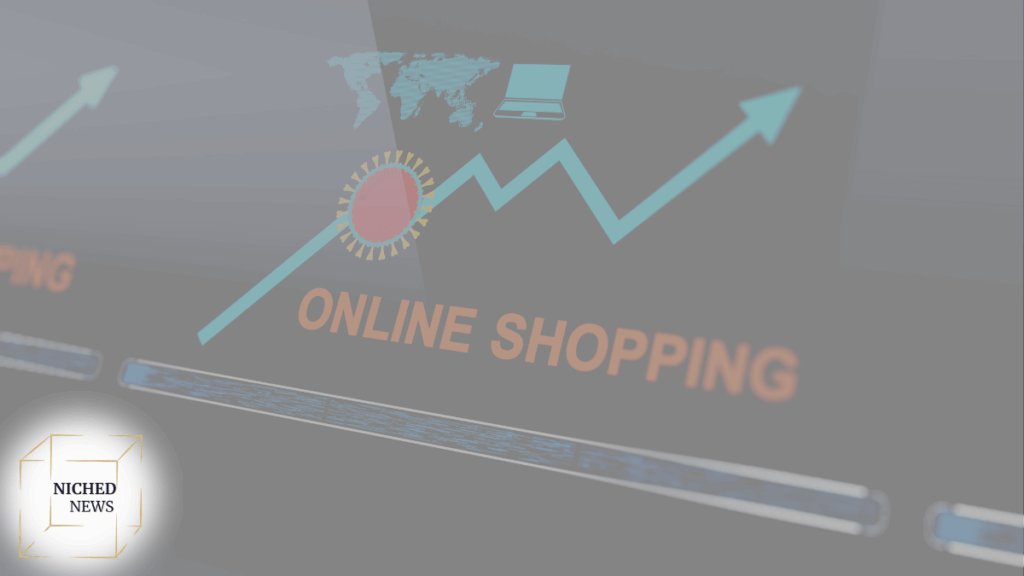Niched Summary
Apparently, media planning that works in 2025 depends on choosing the right marketing metrics—not just tracking everything.
Why it matters:
Clear data leads to better decisions, more efficient campaigns, and stronger ROI.
Rethinking Media Planning for the Metrics-Driven Era
Media planning that works in 2025 is not about tracking everything—it’s about tracking what matters.
Marketers today face no shortage of data. However, that abundance often leads to confusion instead of clarity. The key? A smarter, more focused approach to planning and analytics.
With updated tools like HubSpot’s analytics suite and a new emphasis on customer journey insights, media planning has shifted from static calendars to dynamic, responsive strategies. In other words, if your media plan isn’t built around the right data, it’s time to rethink your approach.
Why Media Planning Needs to Start with Analytics
Traditionally, “media planning” meant deciding where and when to place your ads or content. Now, in 2025, it’s a far more integrated discipline that links:
- Audience insights
- Channel performance
- Engagement signals
- And most importantly—business impact
Moreover, media planning that works begins by identifying which marketing metrics correlate with success. These are no longer just impressions or reach—but conversion rates, CAC, and engagement by segment.
Fortunately, platforms like HubSpot offer analytics dashboards that surface exactly this kind of actionable insight—streamlining the planning process and empowering teams to adapt in real time.
Essential Marketing Metrics for Smarter Media Plans
To build a strategy that performs, here are the core metrics every media planner should prioritize:
- Customer Acquisition Cost (CAC)
- Marketing-Attributed Revenue
- Lead-to-Customer Conversion Rate
- Engagement by Campaign or Channel
- Content-Assisted Conversions
- Return on Ad Spend (ROAS)
- Customer Lifetime Value (CLTV)
Together, these metrics provide a full-funnel view of performance—from attention to action—and reveal which touchpoints actually influence buying decisions.
Attribution and the Full Buyer’s Journey
Gone are the days when the last click got all the credit.
Instead, modern media planning includes multi-touch attribution models, giving visibility into the full buyer’s journey. This means your media plan should be optimized across:
- Awareness content (blogs, social, search)
- Engagement tools (webinars, email, lead magnets)
- Conversion assets (landing pages, sales emails, demos)
For example, smart planners use analytics to understand which combinations of content and channels actually lead to results.
[ How to use buyer’s journey keyword research to unlock SEO-generated revenue ]
From Reporting to Action: Building Your Strategy
Having the numbers is one thing. Knowing what to do with them is the real skill.
Consequently, the strongest media plans in 2025 are built around:
- Real-time dashboards that flag what’s working
- Segmented reporting by persona or lifecycle stage
- Predictive analytics that suggest next steps
- Closed-loop feedback from sales and revenue teams
According to Adverity, tracking the right metrics at every stage of the marketing funnel is essential for optimizing campaigns and driving growth.
Ultimately, that integration is the foundation of media planning that adapts and scales.
What Small Teams Can Do Right Now
You don’t need an enterprise budget to make your media plan data-smart. Here’s a three-step framework any business can start with:
- Set 3–5 meaningful KPIs. Make sure they’re tied to your goals—not just what’s easy to track.
- Use automation to pull reports weekly. Even free tools offer this now.
- Create a monthly strategy session. Ask: What content or channels drove results? What’s next?
By focusing on consistency,—not complexity. Done right, you’ll spot trends, double down on what works, and cut wasted spend fast.
Final Thoughts: Plan Less. Adapt More.
Media planning that works in 2025 isn’t about locking in content months in advance—it’s about creating room for strategy to evolve based on real-time performance.
Therefore, when your media strategy is built on clear, relevant analytics, you can shift gears quickly, optimize your spend, and meet your audience with the right message at the right time.
Let data guide the plan—but keep people at the center.



